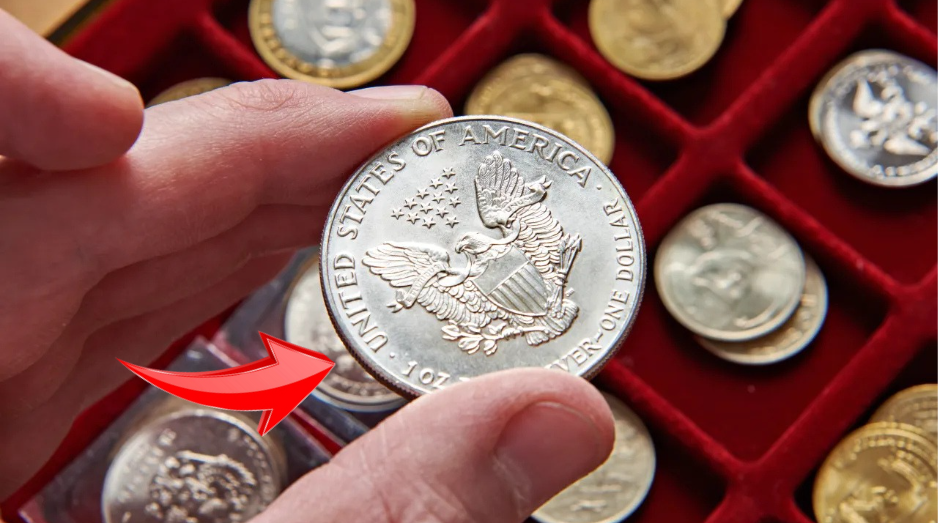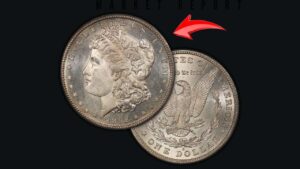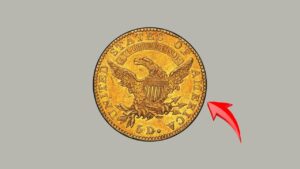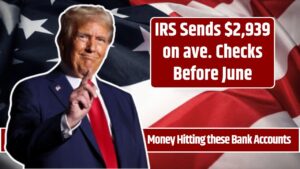Before you toss your loose change into a jar or coin machine, you might want to take a closer look—especially if you’re holding any U.S. $1 coins from 2007. One particular coin from that year, the 2007 Thomas Jefferson $1 coin with a rare “Missing Edge Lettering” error, is commanding impressive prices among collectors—with some selling for as much as $900 or more.
While it may look like just another dollar coin at first glance, this rare variant has become a hot item in the numismatic world. Here’s everything you need to know to spot this coin and understand why it’s so valuable.
What Is the 2007 Thomas Jefferson $1 Coin?
In 2007, the U.S. Mint launched the Presidential $1 Coin Program, honoring past presidents with circulating dollar coins. Each coin featured:
- A portrait of a president (in this case, Thomas Jefferson)
- A smooth edge with incused lettering, including:
- “E Pluribus Unum”
- “In God We Trust”
- The mint mark
- The year of issue
But due to a minting error, some Jefferson coins were released without any edge lettering at all—a mistake that transformed them into rare collectibles almost overnight.
Why the “Missing Edge Lettering” Error Matters
Unlike most modern minting mistakes, this one is easy to spot—and that’s part of its appeal.
What to Look For:
| Feature | Normal Coin | Error Coin |
|---|---|---|
| Edge | Inscribed with date, mintmark, mottos | Completely smooth and blank |
| Design | Thomas Jefferson on front | Same, but missing edge details |
| Year of Issue | 2007 | 2007 |
The error occurred during the edge lettering process, where a step was missed before the coins were packaged and circulated.
While the George Washington version of this error is more common, the Jefferson version is significantly rarer—with only about 1,300 known examples, according to the Professional Coin Grading Service (PCGS).
What’s It Worth?
The value of the 2007 Jefferson $1 Missing Edge Lettering coin varies based on condition and rarity. Here’s a look at actual market values:
| Condition (Grading Scale) | Estimated Value |
|---|---|
| MS65–MS66 (Mint State) | $500 – $900 |
| MS68 (Gem Uncirculated) | $500+ |
| Auction Record (MS66) | $1,725 (Heritage Auctions, 2009) |
Note: MS (Mint State) grades are assigned based on the coin’s condition and strike quality, with MS70 being a perfect coin.
How to Spot the Error in Your Pocket Change
Step-by-Step:
- Check the year: Look for coins dated 2007.
- Confirm the president: Make sure it features Thomas Jefferson.
- Examine the edge: Use a magnifying glass if needed.
- Normal coins have visible lettering.
- Error coins have completely smooth edges.
Worn coins might have faint lettering, so be sure to examine them carefully.
Why Collectors Want This Coin
There are two major reasons why this flawed Jefferson dollar is so popular:
1. Historical Significance
The 2007 Presidential $1 Coin Program was a landmark initiative in U.S. currency history. An error from the early days of the program carries special collector interest.
2. Low Supply, High Demand
While millions of dollar coins were produced, only a small fraction had this specific mint error. The limited supply drives up collector demand—and prices.
Bonus Tip: Other Coins Worth Watching
Don’t stop with the 2007 Jefferson coin. Here are a few other potentially valuable coins to keep an eye out for:
- Eisenhower Dollar (1971–1978) – Some versions carry a premium.
- Susan B. Anthony Dollar – Look for 1979 “Wide Rim” varieties.
- 1913 Liberty Head Nickel – Only five known; worth up to $5 million.
If you’ve got a stash of coins collecting dust, it might be time for a treasure hunt. That 2007 Thomas Jefferson $1 coin with a Missing Edge Lettering error could be worth hundreds—possibly more. With just a quick glance at the edge, you could turn your pocket change into serious profit.
FAQs
How can I tell if my 2007 $1 coin is the error version?
Check the edge—if it’s completely smooth with no lettering, it’s likely the error coin.
How many Jefferson error coins exist?
About 1,300 verified examples have been graded by PCGS, making it a scarce find.
What is the best way to confirm the coin’s value?
Submit the coin for grading and authentication through a reputable service like PCGS or NGC.
Can I still use the coin as regular currency?
Yes—but that would be like spending $500 for a soda. It’s better to keep or sell it.




